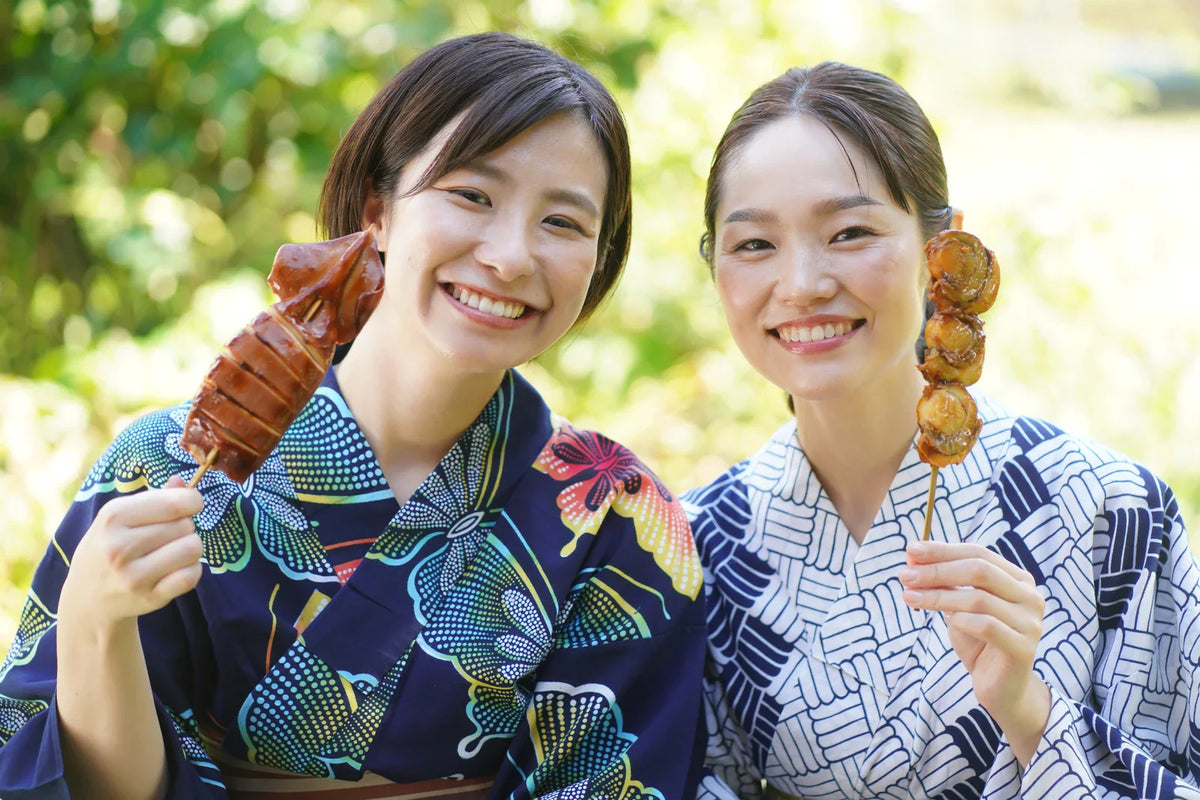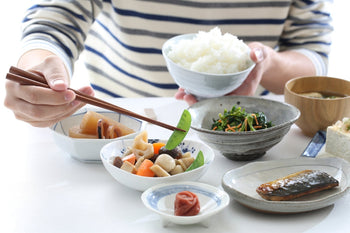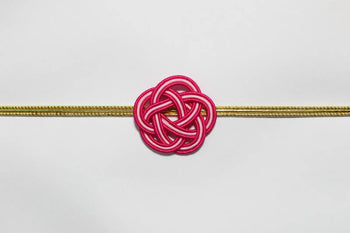

In the realm of traditional Japanese clothing, the kimono often takes center stage with its elegance and intricate designs. However, its lesser-known cousin, the yukata, is equally fascinating and holds its own unique charm. For those passionate about Japanese culture, understanding these garments is essential. This blog post will guide you through their history, differences, and how they continue to influence fashion today.
A Brief History of Japanese Attire
From Kosode to Kimono
The story of the kimono begins with the kosode, which appeared during the Heian period (794-1185). Initially a simple silk undergarment, it gradually evolved into a standalone garment inspired by the Chinese pao robe. By the Edo period (1603-1868), the kosode had transformed into what we now recognize as the kimono. This evolution reflects Japan's cultural shifts and growing appreciation for this elegant attire.
Cultural Significance
Kimonos hold deep cultural meaning, symbolizing wealth, status, and even good fortune. Rich, dark colors were indicators of affluence, while specific patterns like fans or cherry blossoms carried symbolic meanings of prosperity and beauty. Today, while many people choose kimonos for their aesthetic appeal, these historical significances still resonate with traditional wearers.
Yukata and Kimono Differences
Material and Design
Yukata, one of the types of kimono, offers a simpler and more casual option, typically made from cotton. Originally, they served as bathrobes, but now they are commonly worn during summer festivals. Yukata feature shorter sleeves and lack the inner lining of a kimono, making them lighter and cooler.
Accessories and Styling
The kimono's elegance is complemented by a range of accessories including the elaborate obi sash, undergarments, tabi socks, and zori sandals. In contrast, yukata require fewer accessories—usually just a streamlined obi and geta sandals, allowing for a more relaxed, informal style.
Cost and Accessibility
Kimono, due to their complexity and materials, can be quite costly, often exceeding $500. Yukata are generally more affordable, making them accessible to a broader audience while still offering a taste of traditional Japanese fashion.
The Adaptation of Yukata in Modern Times
Casual and Comfortable
Today, yukata are appreciated for their practicality and comfort, often worn as stylish loungewear or casual attire during warmer months. Their increased popularity among younger generations is partially due to their versatility and affordability.
The Evolution of Traditional Events
Yukata are now regularly seen at summer festivals or fireworks events in Japan, replacing more formal kimonos. This shift reflects a broader trend towards comfort and practicality while still honoring tradition.
Kimono's Role in Cultural Ceremonies
Weddings and Celebrations
Kimonos retain their place in formal settings such as weddings and religious ceremonies. Their intricate designs and luxurious fabrics make them perfect for marking life's most significant occasions.
Preservation of Tradition
Despite modern fashion trends, kimonos continue to play an important role in preserving Japanese culture. Many families pass down kimonos through generations, ensuring that these beautiful garments remain a part of cultural heritage.
Choosing Between Yukata and Kimono
Consider the Occasion
When deciding between a yukata and a kimono, consider the formality of the event. For casual outings or summer festivals, a yukata offers comfort and style. For more formal occasions, a kimono brings elegance and tradition.
Personal Style and Preference
Your choice may also depend on personal style and comfort. Yukata cater to those seeking a laid-back look, while kimonos resonate with individuals drawn to timeless elegance.
Conclusion
Understanding the nuances between yukata and kimono enriches your appreciation for Japanese clothing and culture. Each has its place in both historical and contemporary settings, offering unique insights into Japanese traditions and lifestyle. Whether you're exploring these garments for the first time or deepening your cultural knowledge, both yukata and kimono provide fascinating glimpses into Japan's rich history.



